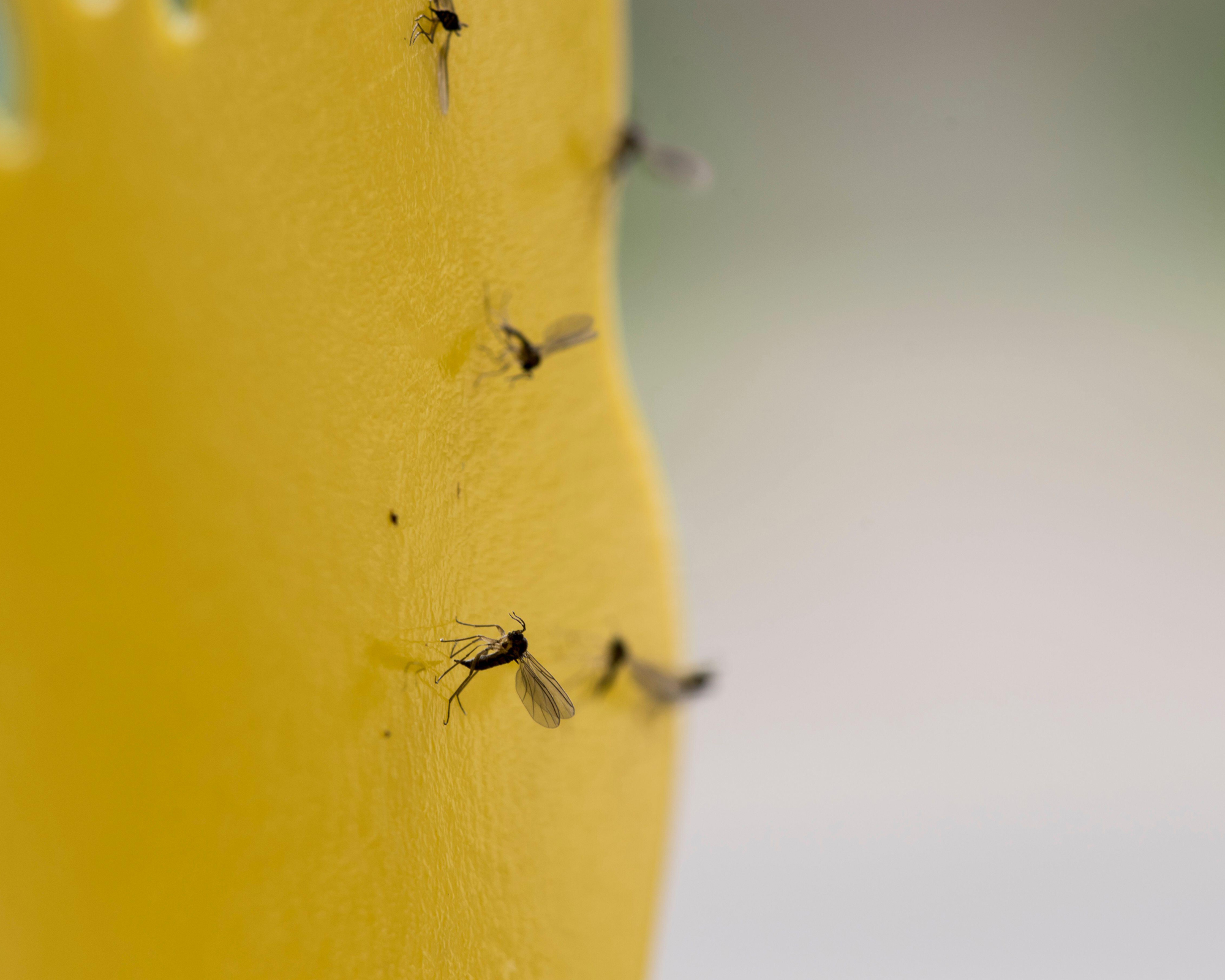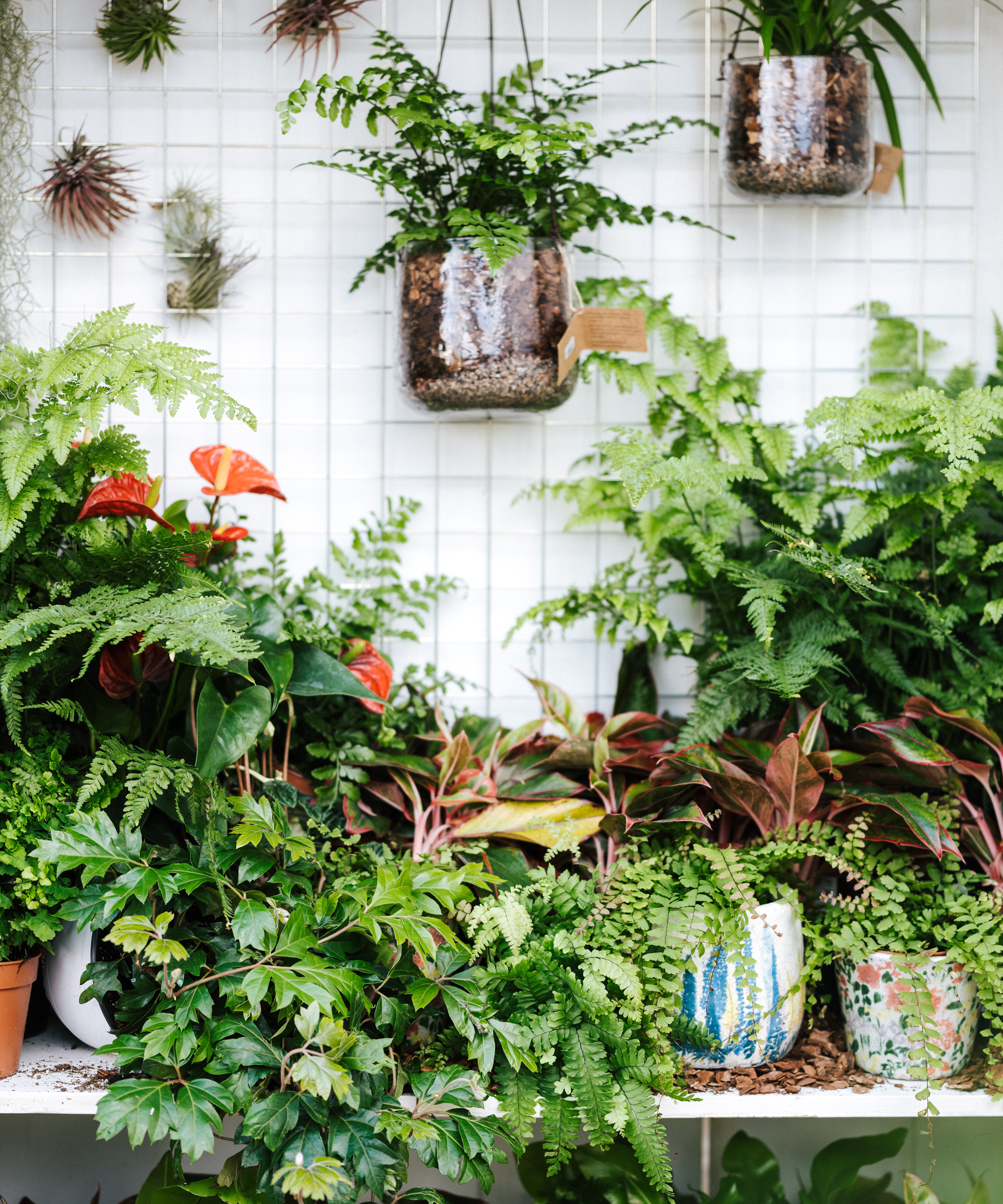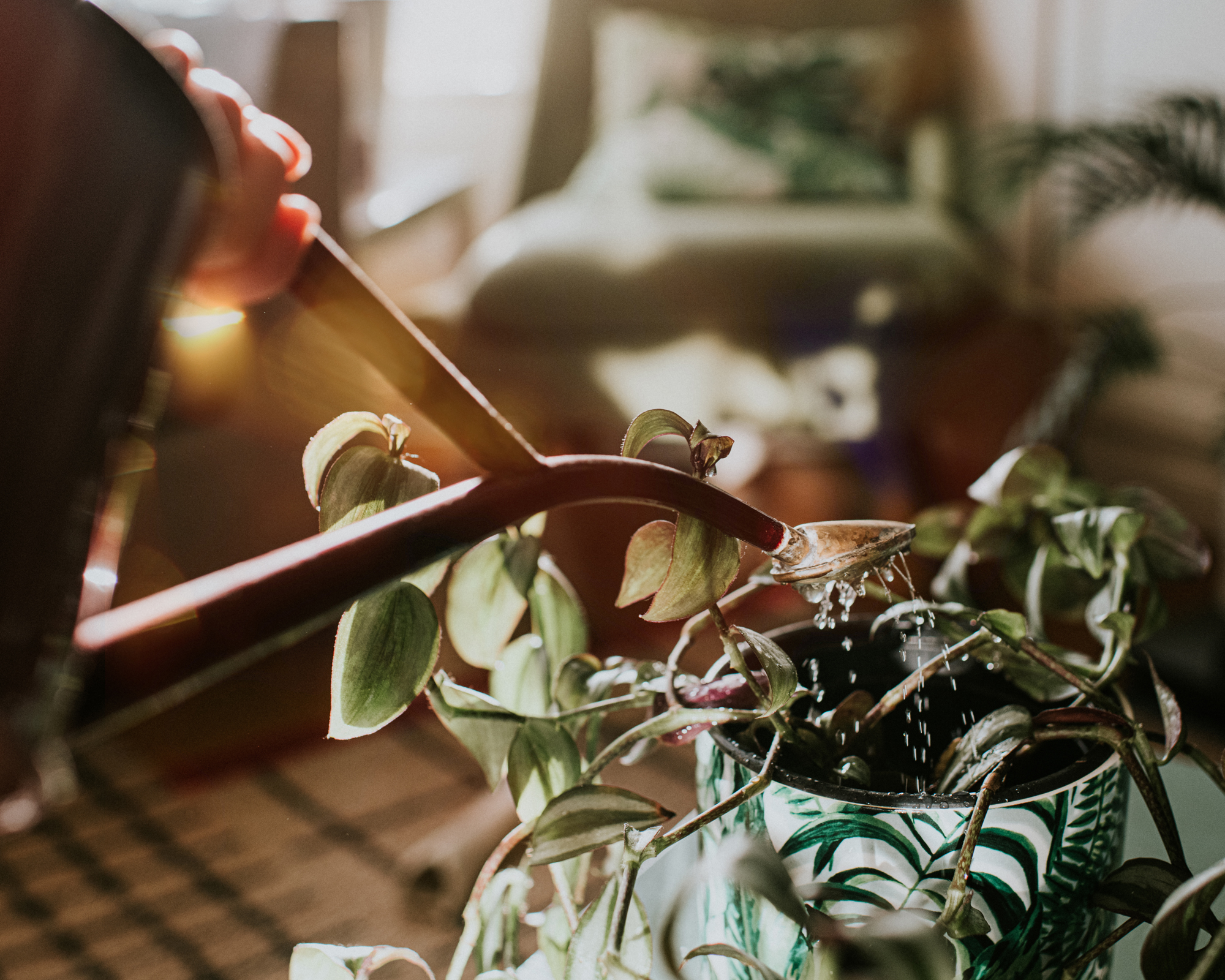House plant gnats are bad news for your indoor greenery – but you can get rid of them with these top tips
House plant gnats are bad news for your plants, and annoying for you – a house plant expert gives top tips for banishing them from your house for good

Do you keep seeing gnats around plants and wondering what to do about them? Gnats in your house are not good news, even though they are harmless to humans. Depending on what the issue is they could signal a problem with your home – or house plants that are not doing so well. We've asked a plant expert to give tips for getting rid of house plant gnats for good.
Even the best indoor plants can succumb to these tiny pests, so you'll want to act quickly if you see them.
Gnats or fruit flies?

First, though, you'll need to know what you're dealing with. Fortunately, it's very easy: if the tiny insects are mainly flying about your kitchen, you almost certainly have fruit flies. The easiest way to deal with them is to remove any food from kitchen counters and to empty your bin regularly.
If you have tiny insects congregating around your house plants, on the other hand, these are probably the dreaded black fungus gnats. They are a sign of ailing or diseased plants and should not be ignored.
Tips for dealing with house plant gnats

We've asked Liam Lapping, plant expert at FlowerCard , to describe why gnats are such bad news for your indoor garden ideas. Liam said: 'Gnats are not only extremely annoying creatures, but they are extremely damaging to your house plants’ roots, which can limit plant growth. Gnats are drawn to moist soil and decaying plant matter, therefore they usually appear when the soil contains too much water or rotting organic debris for them to feed on. '
How should you deal with them? As with most plant issues, 'It is always easier to prevent gnats than it is to get rid of them. To ward them off, avoid overwatering your plants and choose pots with good drainage. I recommend only watering your house plants when the soil is dry 2 inches down.' Watering plants correctly is always the most important step in keeping them healthy and pest-free.
It's also worth reconsidering what soil you use for potting indoor plants. 'You should also only use soil that contains slow-decaying organic matter, such as coconut or charcoal, to slow the decaying of plant matter. If dead foliage does build upon the soil bed, remove it quickly.'

If you are unlucky enough to already have house plant gnats, try one of the following to stop them from ruining your indoor plant ideas:
- Fly traps: 'you can purchase online or by using homemade traps. A sugar, washing up liquid and white vinegar mix can be an extremely effective method of trapping gnats. To do so, place a tablespoon of sugar in a bowl with 2 drops of washing up liquid and a cup of white vinegar, cover with cling film punctured with small holes and leave next to your infected plant.'
- Cover the soil in gravel, grit, or glass pebbles: this will prevent the gnats from laying their eggs
- Try growing carnivorous plants such as Venus fly traps
- 'If these methods don’t work, it might be time to repot your house plant. When repotting, it is essential to sanitize the plant pot with boiling water and soap to kill any remaining gnats. Infested soil should be removed from your home and garden in an airtight container to avoid any reinfestation.' There's more tips on how to repot a plant in our guide.
Anna writes about interior design and gardening. Her work has appeared in Homes & Gardens, Livingetc, and many other publications. She is an experienced outdoor and indoor gardener and has a passion for growing roses and Japanese maples in her outside space.
